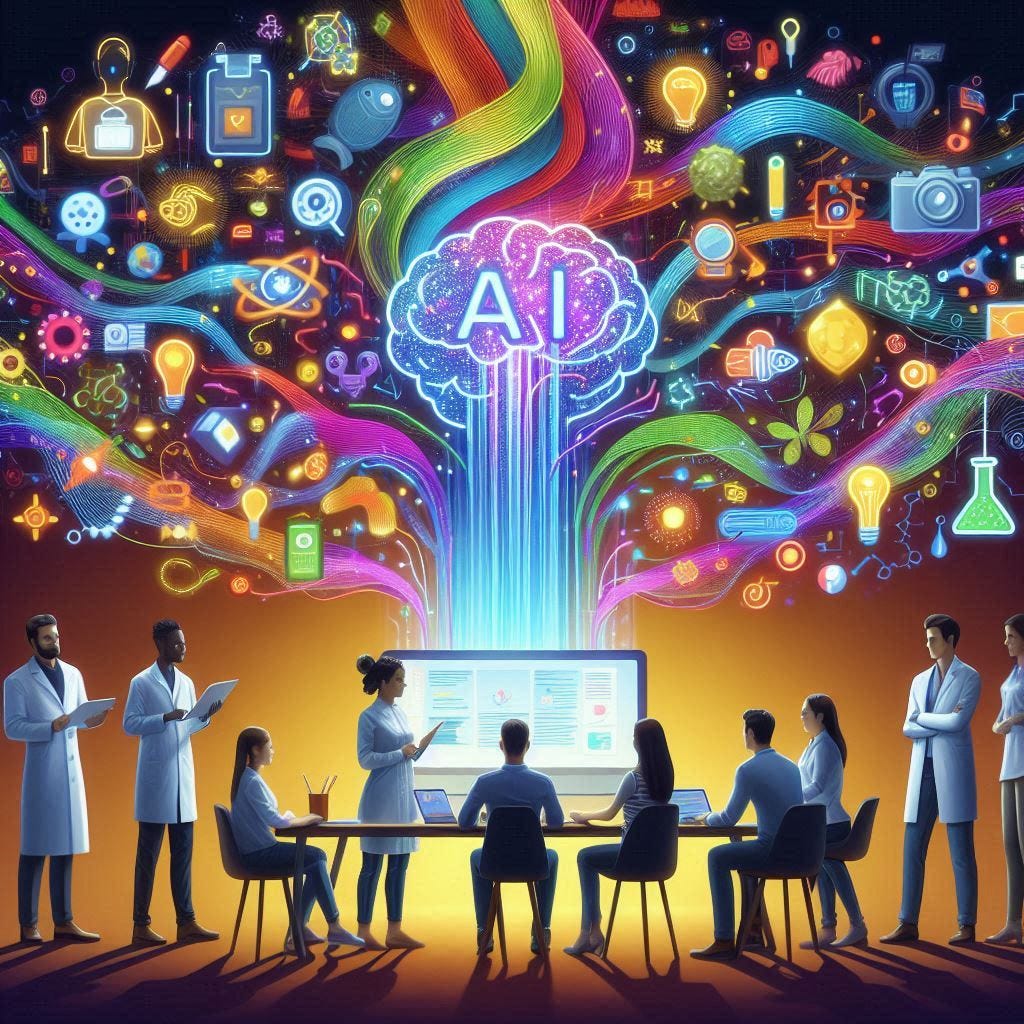India was a bit late to join the global Information Technology bandwagon, with only 2.5% contribution in 2001. But in a short span of time, it became an IT outsourcing hub, with the growth of homegrown IT Service industry. Strong institutional support, English proficiency, great talent pool and vast marketplace also brought prominent global IT software makers to India. 2010s saw the exponential rise of Startup industry where IT played a major role. Today, Indian IT industry contributes more than 19% to the global IT spend.
While several cities and towns have emerged as IT hubs in recent years, the Indian IT is mainly limited to top 6 cities - Bengaluru, Hyderabad, Chennai, Mumbai, Noida and Pune. These cities account for the majority of IT hires in last 20 years. As a result of that, these cities (and few more) have seen quite a push for infrastructure investment by IT companies in these cities. Millions spent by companies on their ultra-modern campuses. Some of these campuses are nothing short of 5-star hotel experience.
A few examples of these investments:
Infosys invested Rs. 2,055 crores in its Mysuru campus in 2000s
Amazon invested Rs 11,400 crores in India in 2019-20
Microsoft spent nearly a billion dollars on infrastructure investments in Bengaluru, Hyderabad, and Noida
The question is then, how much of this has benefited the employees? Pay packages have gone up, but so is the cost of living in these cities. It was a challenge to migrate to these cities in early 2000, and it remains so after so many years, for both new and experienced people. Like in the case of Bengaluru, it has instead become more difficult to find a decent home, school and work-life balance in most of these IT cities. A family requires to spend close to 5L just on migration to a city like Bengaluru as per some estimates.
Rents are going through the roof in Bengaluru as fight for flats intensifies
With this background, let’s go back 100 years to re-visit the story of Jamshedpur, India’s first Industrial town. When Jamshedji Tata envisioned India’s first iron and steel plant at Sakchi village, he not only thought about the steel-making plant, but also about a sustainable town to attract and support the people working there. This ultimately resulted in the foundation of Jamshedpur, with proper town planning and having all the basic amenities. This is what I refer to as the Institute Model, which like top educational institutions, also takes care of the housing and other needs of their employees.
During my initial experience, I have seen how affordable housing provided by engineering college helped young staff members, as well as having close proximity broke hierarchy barriers and created lasting personal bonds.
Now, let’s compare this to the gigantic Indian IT Industry has mostly operated in the Coaching Center Model since its inception. Like coaching institutes of Kota, they invest heavily in corporate infrastructure, but leave employee welfare to the mercy of civic authorities. IT has played direct role in increased traffic, increased pollution, inflated property and food prices. Employees getting stuck for hours in traffic or having difficulty finding a decent nearby school for their children, are impacting on the work efficiency of these companies only.
Campuses of IISc/IITs can be an inspiration to modern IT infra
While these IT companies continue to spend millions on their ultra-modern campuses, little thought is given on building an inclusive eco-system for their employees. This is one of the main reasons for the lack of loyalty or sentiment one has for these IT companies despite working for years. Like coaching center experience, employees and their families will never develop a personal connection with such companies.
It is no wonder that people find it more convenient to move to a western country compared to moving to another city in India.
What stops these companies from creating inclusive campuses with well-planned affordable housing, schools, banks, gardens, and recreational facilities?
Definitely money is not a concern here. These IT giants do need to think and act from the employee’s perspective. Remote work due to pandemic allowed companies to hire talent from across the country. Now as they move towards hybrid models of work and expect employees to migrate, these points become all the more important. There are definite advantages for both.
Benefits for the companies:
More Talent Willing to Migrate
Greater Employees’ Efficiency
Increased Employee Loyalty
Reduced Attrition Rate
Benefits for the employees:
Affordable Accommodation
Easier Relocation (including schooling for kids)
Inclusive Community
Greater Work Efficiency (as personal problems are taken care of)
The vision of Jamshedji Tata established India's first planned Industrial city a century ago. This was when there was no air connectivity and rail/road connectivity was also minimal compared to today.
The question remains then
Can today's Indian IT industry be able to create another Jamshedpur?
Do provide your feedback on this based on your personal experience of migration.
The image is created using Microsoft Bing AI.





No comments:
Post a Comment